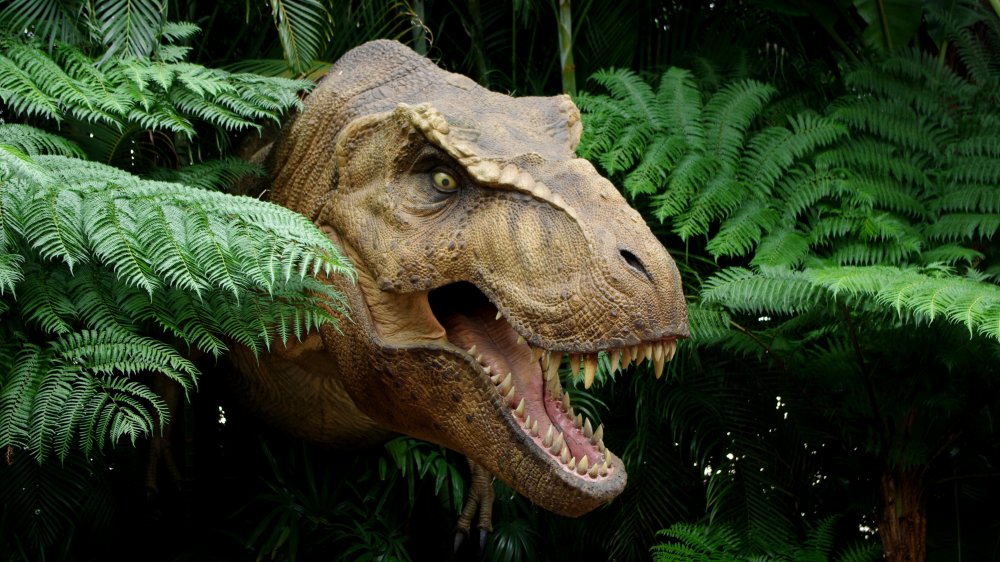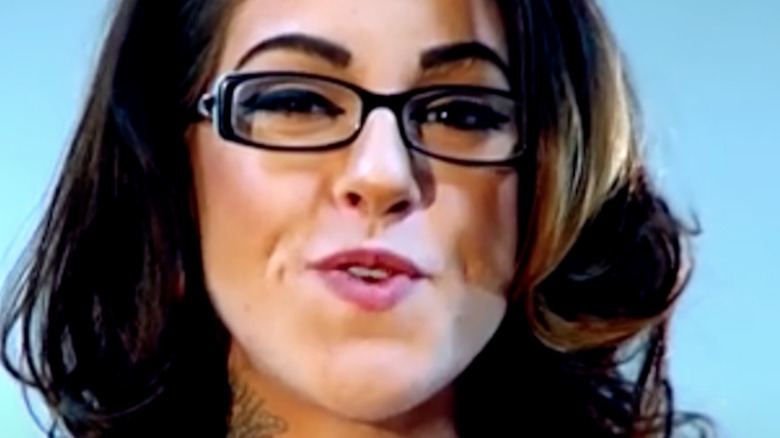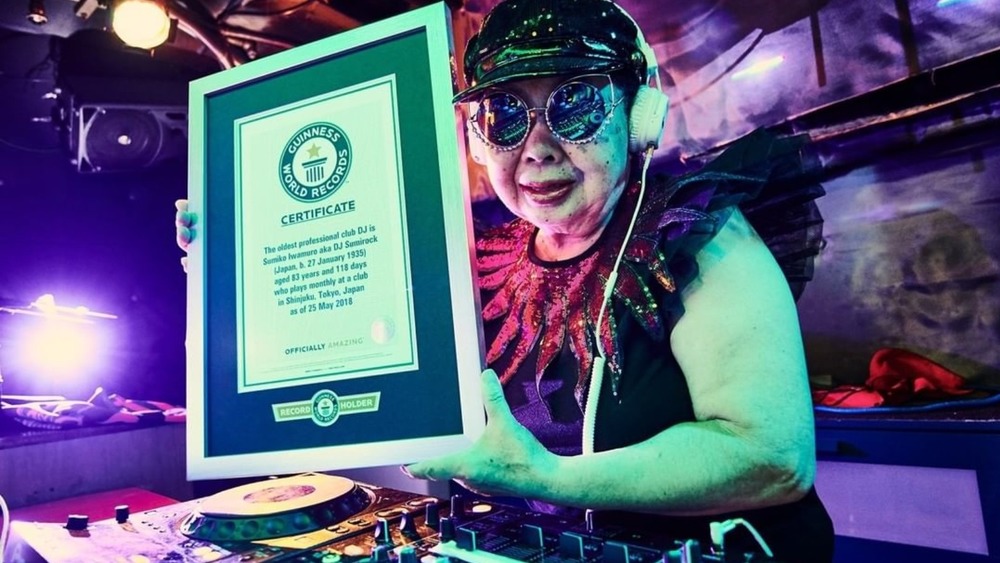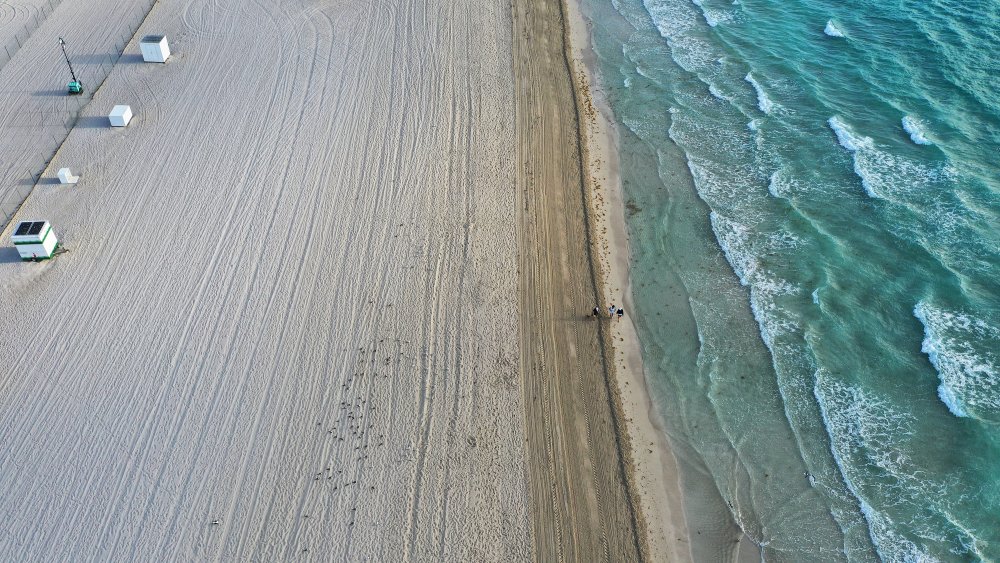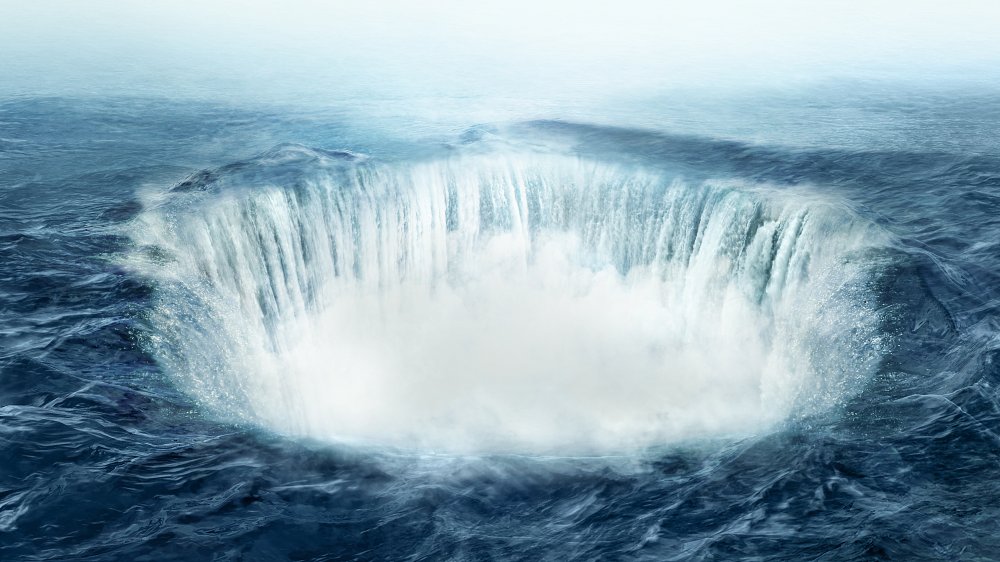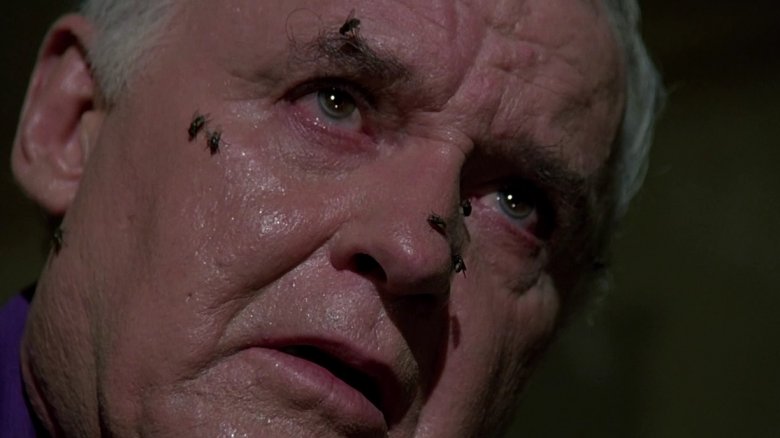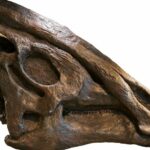
Scientists Collect Dinosaur DNA From Fossilized Skull
In a development sure to alarm both Sam Neill and Chris Pratt, researchers announced the recent discovery of what they believe to be actual dinosaur DNA. So, you know, start booking your theme park tickets to the Isla Sorna now. The alleged genetic material was recovered from the fossilized skull of a duck-billed dinosaur known as Hypacrosaurus that roamed the planet 75 million years ago.
Researchers published this shocking study in the journal National Science Review. In the article, they claim that “the organic matrix surrounding the fossilized cartilage cells reacted to antibodies of Collagen II.” Cool? In English: some of the material recovered from the dino skull carried the chemical signatures of chromosomes and DNA preserved in the nucleus of cartilage cells. Pretty miraculous, considering the age of the fossil.
Dr. Alida Bailleul, the study’s lead author, issued a statement with co-author Mary Schweitzer to accompany the publication. “This immunological test supports the presence of remnants of original cartilaginous proteins in this dinosaur,” explained Schweitzer. Those are the cells with the preserved nuclei containing the alleged dinosaurian DNA. “I couldn’t believe it, my heart almost stopped beating,” added Bailleul.
An exciting discovery, but a far cry from Jurassic Park
According to Fox News, Bailleul and her team are touting this discovery as truly extraordinary. Preserved chromosomes of this age have only been discovered once before, and those belonged to a fossilized fern. This kind of cellular preservation in a dinosaur fossil is one-of-a-kind. Perhaps eager to preempt any criticism, Bailleul was quick to point out to Fox that, “Nothing suggests that it is contamination, and that it is most likely remnants of fossilized dinosaur DNA.”
“Not so fast,” says the scientific community. Organic material including nucleic acids like DNA and RNA are “understood to be among the least stable biomolecules over long periods of time and under the heat of deep burial during fossilization,” said Evan Saitta of the Integrative Research Center at the Field Museum in Chicago. Although skeptical, Saitta did admit that the age of the samples collected by Bailleul and her team is “striking.”
So when can we feed the velociraptors in Jurassic Park? Don’t hold your breath. The genetic material trapped inside the fossilized protein cells cannot even be extracted yet, so it’s a long way off from being sequenced. Even if the team can eventually extract and study the individual nucleotides, it’s exceedingly likely that the material only contains a fraction of the complete genome. To make matters worse, the fossilization process might have left even the fragments we do have warped. We’ll just have to keep waiting for that mosquito trapped in amber.

The Truth About Keanu Reeves' Relationship With Ghosts

The Most Dangerous Cults In Recent History

The Bizarre Reality Of Time Crystals

What Happened To People's Late Fees After Blockbuster Closed?
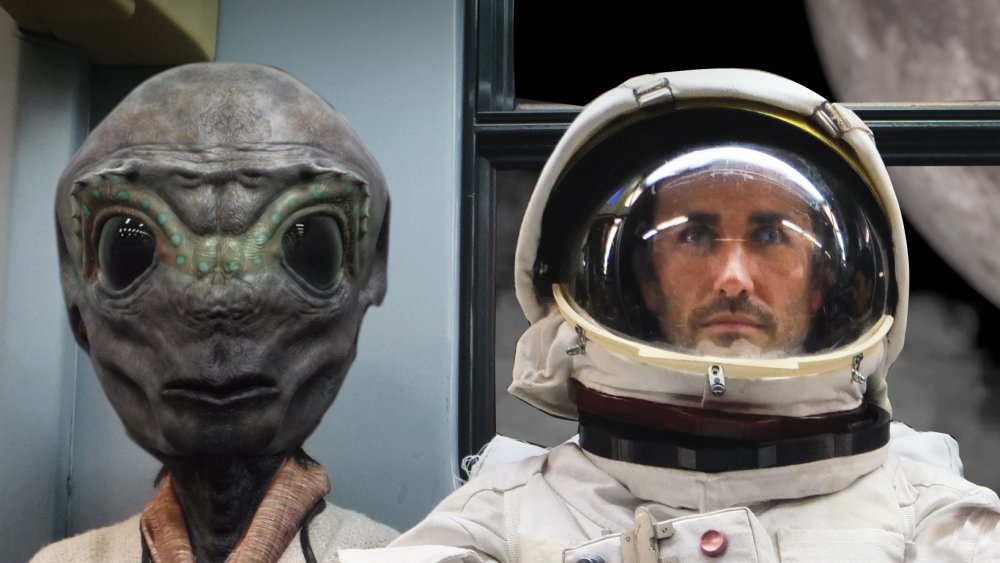
Britain To Release Their 'X-Files' For Public Viewing For The First Time

Why Is Insulin So Expensive?

US Lists Fictional Nation Of Wakanda As Trade Partner

Beethoven's Tenth Symphony To Be Finished By Artificial Intelligence

How Long Would It Take To Walk Across America?
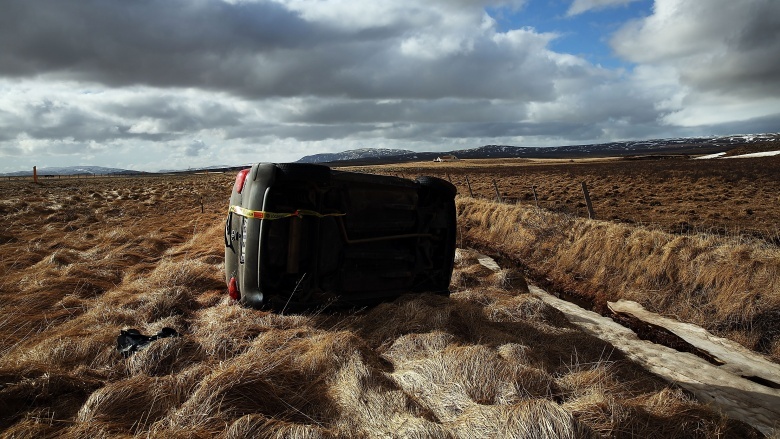
The Most Dangerous Places To Drive In The World
